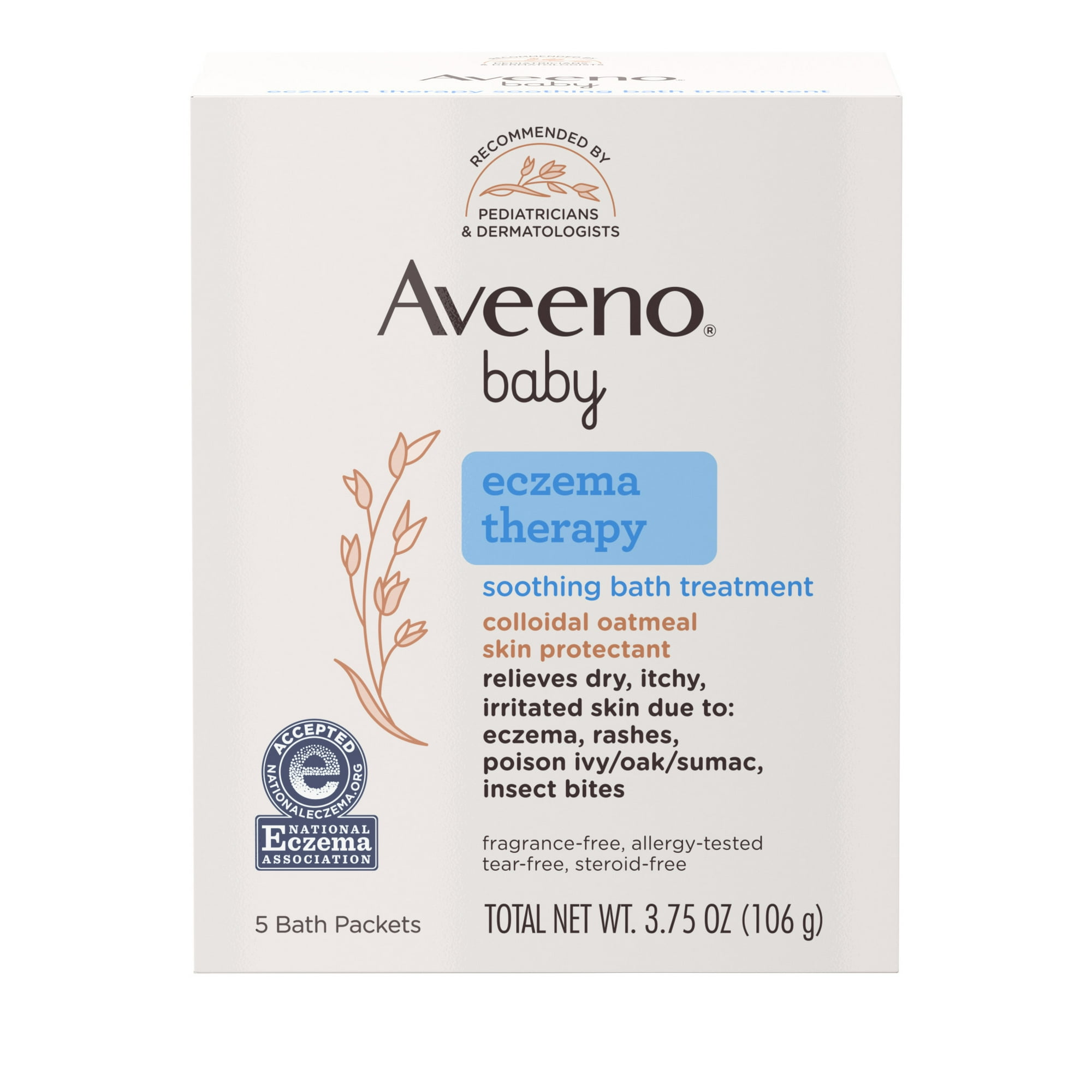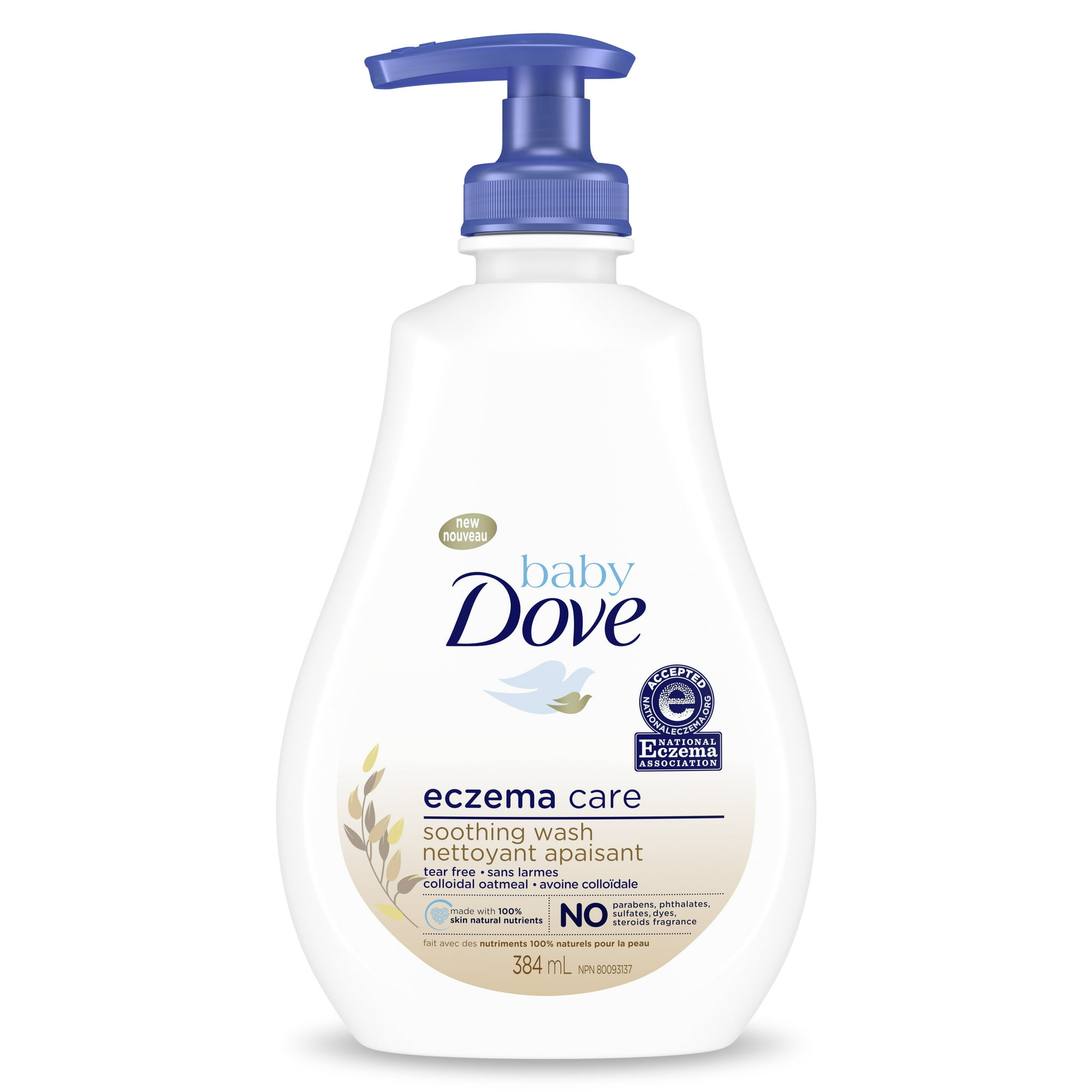How to treat eczema for babies and toddlers: Best practices, products and tips
Eczema, also known as atopic dermatitis, is a chronic inflammatory skin disease that can cause significant discomfort for babies and toddlers.
According StatPearls, an online library published in the National Library of Medicine, "the hallmark of eczema is dry, itchy skin prone to infections."
In 2021, 10.8% of U.S. children aged 0-17 had eczema, including 10.4% of children aged 0-5, according to the National Center for Health Statistics' 2021 National Health Interview Survey.
The American Academy of Pediatrics states that "approximately 60% of children with atopic dermatitis develop symptoms in the first year after birth, and 90% develop symptoms by 5 years of age."
The condition can often cause concern for parents, but with proper management, symptoms can improve significantly.
Understanding eczema and its causes
Eczema is believed to be caused by a combination of genetic and environmental factors, according to StatPearls, which notes that "the condition is commonly known as the 'itch that rashes' because dry, itchy skin leads to a rash due to scratching or rubbing the skin."
According to Dr. Susan Schuval, division chief of pediatric allergy/immunology at Stony Brook Children's Hospital, eczema is an immune-mediated inflammatory condition that can sometimes be linked with other allergies, asthma, or food sensitivities.
"It often starts in infancy, and may be outgrown over time," Schuval told "Good Morning America."
Dr. David Stukus, professor of clinical pediatrics in the division of allergy/immunology at Nationwide Children's Hospital, told "GMA", "Each child has their own triggers, but the most common ones are fragranced skin care products, viral illnesses, hot and cold weather, increased body temperature and sweating, abrasive clothing such as wool and stress."
There are genetic mutations that can impact the skin barrier children with eczema may have, such as a mutation in the filaggrin gene, Stukus said.
Recognizing eczema vs. other skin conditions
Parents often mistake eczema for other rashes or allergies, but eczema stands out for its extreme itchiness and its characteristic patterns.
Schuval explained that eczema in infants typically appears on the face, scalp and outer arms and legs, while in older children, it's more common in the elbow creases, behind the knees and on wrists as well as ankles.

Managing your child's eczema and flare-ups
Managing eczema begins with a consistent skin care routine to maintain hydration and prevent flare-ups:
• Hydration is key: Experts agree that it's important to use thick, fragrance-free emollients like petroleum jelly or ceramide-rich creams. It's also advised to apply moisturizers generously after short, lukewarm baths to lock in moisture.
• Avoid irritants: Experts advise staying away from fragranced products, harsh soaps and alcohol-based skin care. Opt for hypoallergenic laundry detergents and avoid fabric softeners.
• Topical treatments: Over-the-counter 1% hydrocortisone cream can help with mild flare-ups. For more severe cases, pediatricians may prescribe stronger topical steroids or calcineurin inhibitors. Schuval also noted the availability of biologic agents like dupilumab for children over 6 months with moderate-to-severe eczema.
• Reduce scratching: Trim nails, use emery boards to remove sharp nail edges and cover babies' hands with socks during sleep to prevent scratching. Antihistamines can also help reduce itching but should be used under the guidance of a doctor for young kids.
Avoiding common triggers
Experts offer a number of ways to help your child avoid triggers:
• Clothing choices: Experts advise to dress your child in loose, soft cotton clothing and avoid wool or fleece, which can irritate the skin.
• Temperature control: Prevent overheating by keeping your child cool, as experts have pointed out that sweating can worsen symptoms.
• Diet: While specific foods rarely cause eczema, managing food allergies under medical guidance is crucial. Both Schuval and Stukus warn against unnecessary elimination diets, as these can lead to nutritional deficiencies or possibly trigger food allergies.
When to seek medical help
If eczema is persistent, covers large areas, disrupts sleep or leads to skin infections (which may show up as blisters or yellow crusting), consult a dermatologist or allergist immediately. Delaying treatment can make symptoms worse.
Stukus cautioned parents against relying on unproven treatments or chasing "miracle cures" found on social media.
"Eczema is a complex chronic condition without a single cause or cure. Stick to proven treatments and work closely with your child's doctor for the best results," he said.
Below, "GMA" has curated a list of top-rated products to soothe eczema-prone skin for babies and toddlers.
By clicking on these shopping links, visitors will leave ABCNews.com and Goodmorningamerica.com, and these e-commerce sites are operated under different terms and privacy policies. ABC will receive a commission for purchases made through these links. SOME PRICES ARE DYNAMIC AND MAY CHANGE FROM THE DATE OF PUBLICATION. Have questions about ordering or a purchase? Click here.
Best eczema products for babies and toddlers

Tubby Todd All Over Ointment for Babies
- $72
- Amazon

Aveeno Baby Eczema Therapy Soothing Bath Treatment, Oatmeal, 5 Ct
- $12.72
- Avenno

Eucerin Baby Eczema Relief Body Cream
- $9.78
- Amazon

Eczema Honey Skin-Soothing Cream
- $29.95
- Ulta

Aquaphor Baby Healing Ointment Advanced Therapy Skin Protectant
- $18.37

Baby Dove Derma Care Soothing Wash Skin Care with Colloidal Oatmeal for Eczema prone skin, 13 oz
- $7.47
- $9.97
- Walmart

CeraVe Baby Cream
- $8.97
- Amazon






